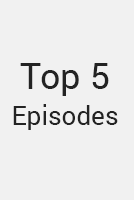The Sky at Night
(1957)Streaming Episode Guide

Season 2024
2075: Our Place in Space
Episode 6 - 9-09-2024

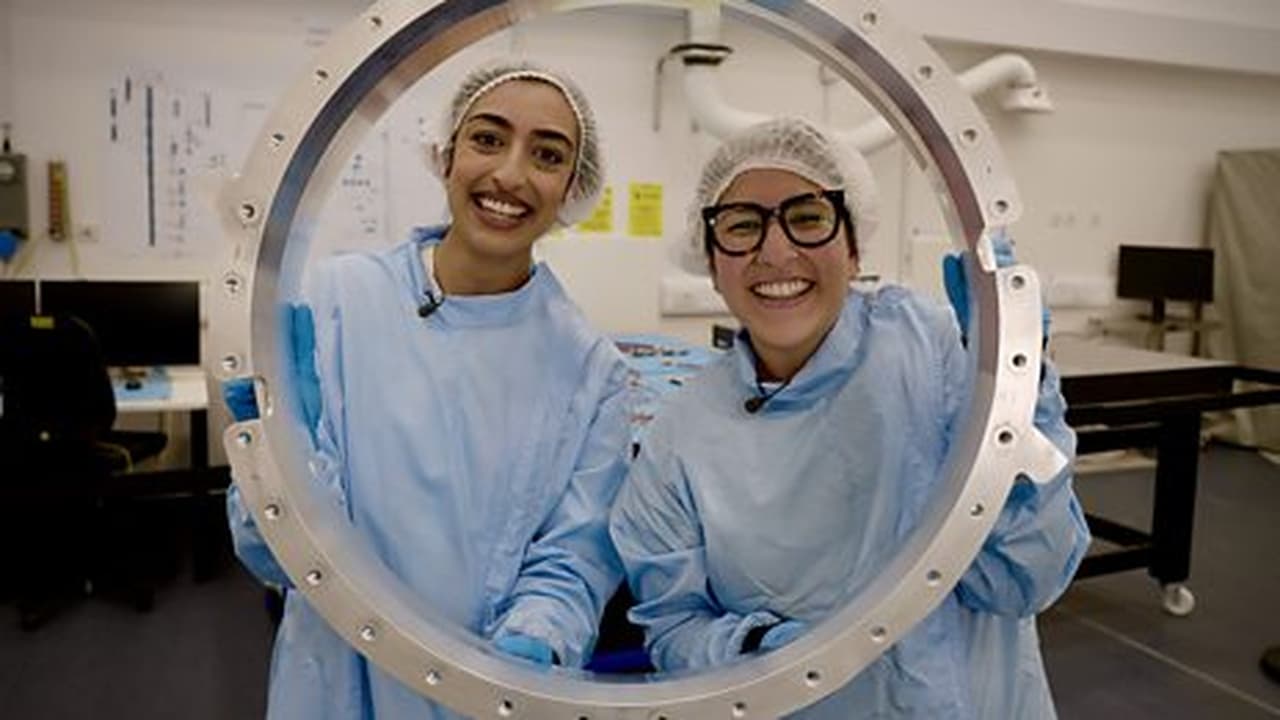
Nicky, NASA and the Next Frontier
Episode 5 - 8-12-2024

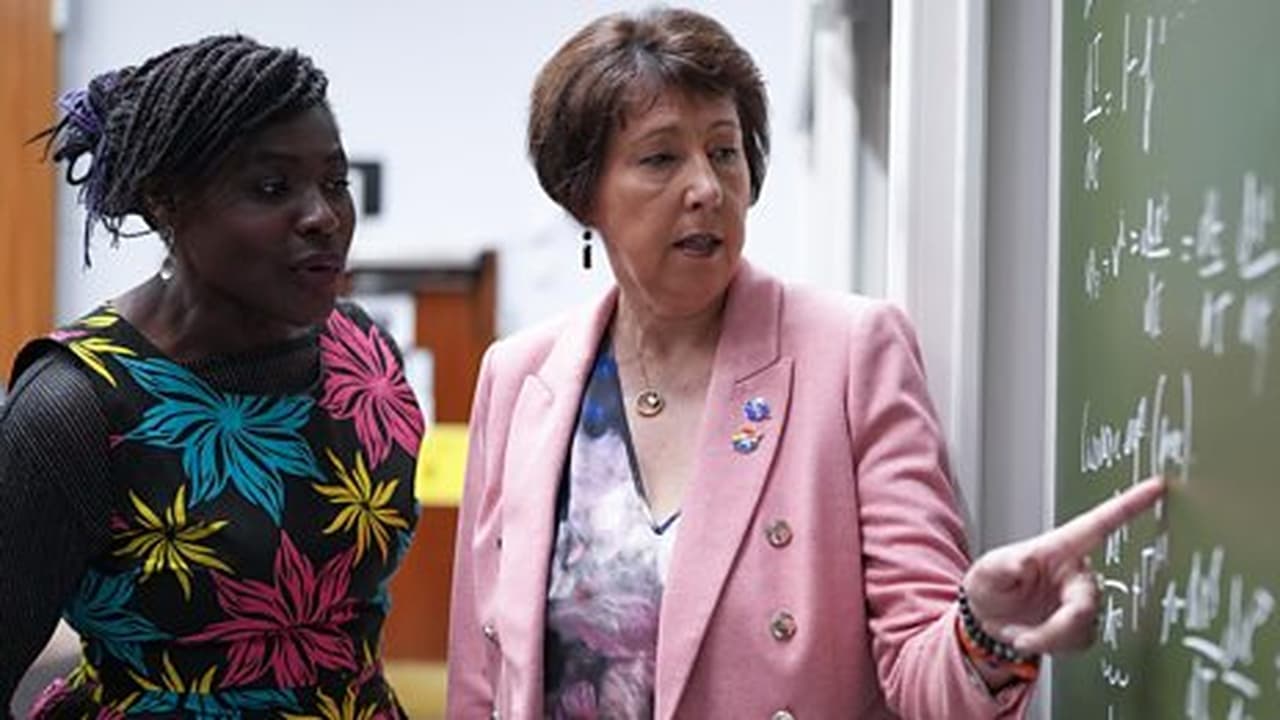
Webb Telescope - The Story So Far
Episode 4 - 7-08-2024

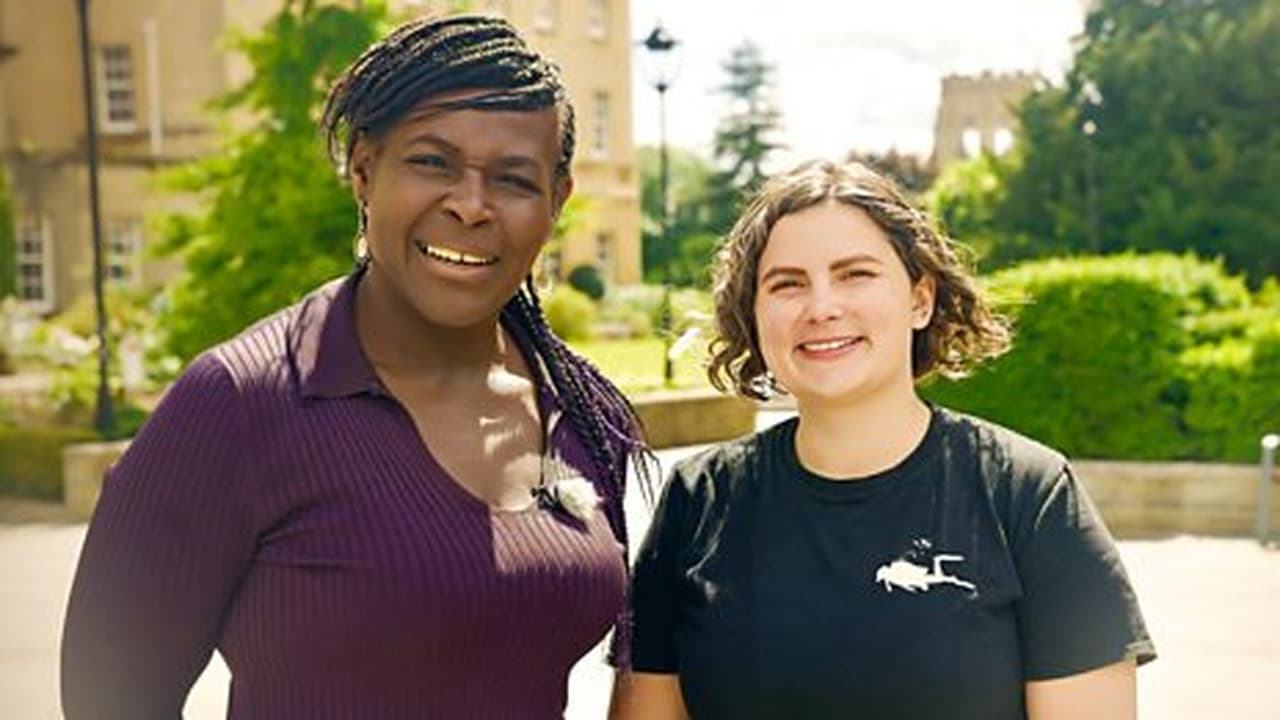
Cosmic Ghosts
Episode 3 - 6-10-2024


Hiding in Starlight
Episode 2 - 5-13-2024

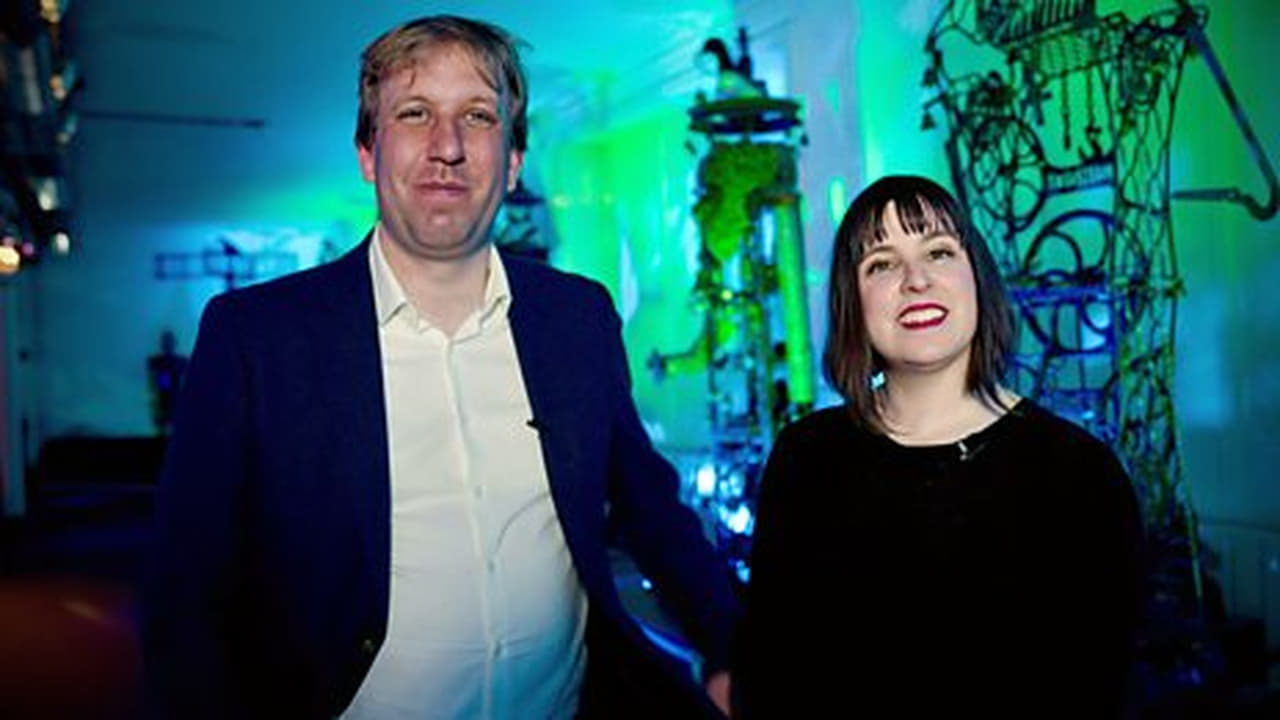
Space Rock Return
Episode 1 - 4-08-2024

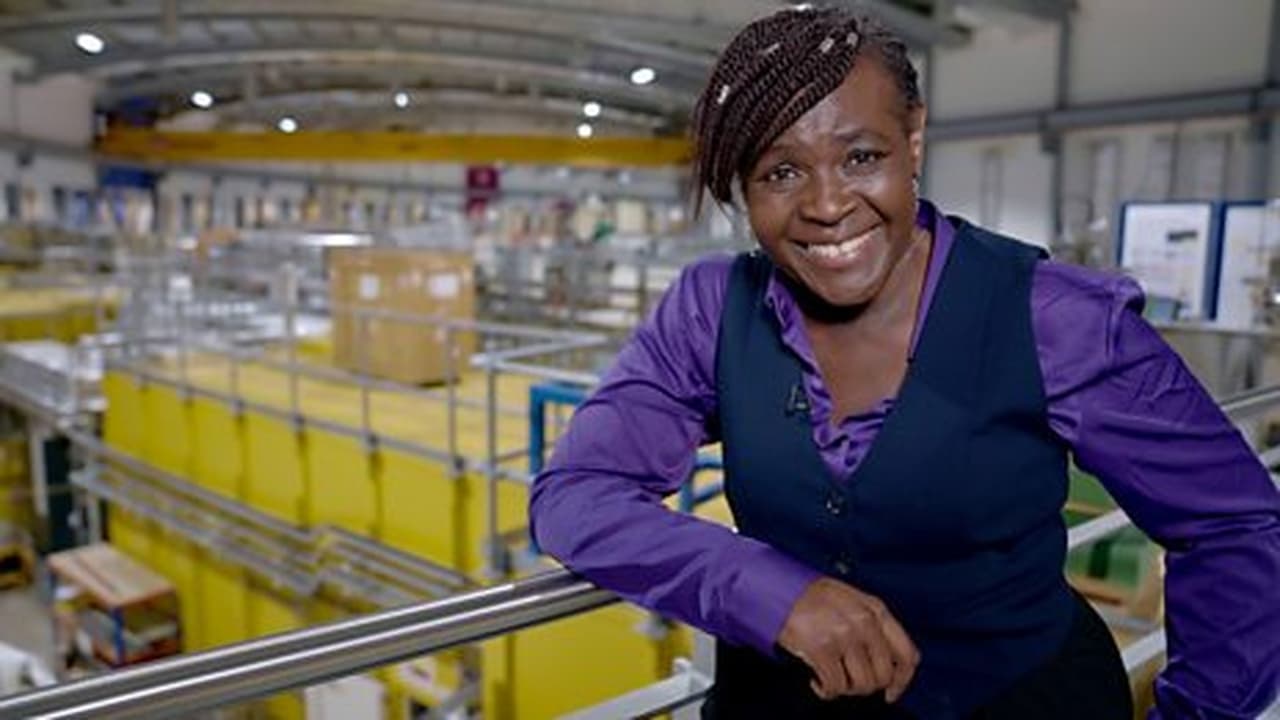

Season 2023
The Very Large Telescope
Episode 6 - 9-11-2023


Black Holes: Searching for the Unknown
Episode 5 - 8-14-2023


Is There Anybody Out There?
Episode 4 - 7-10-2023


The UK Space Race
Episode 3 - 6-12-2023


Will an Asteroid Destroy Earth?
Episode 2 - 5-15-2023


The Search for Alien Life
Episode 1 - 4-10-2023

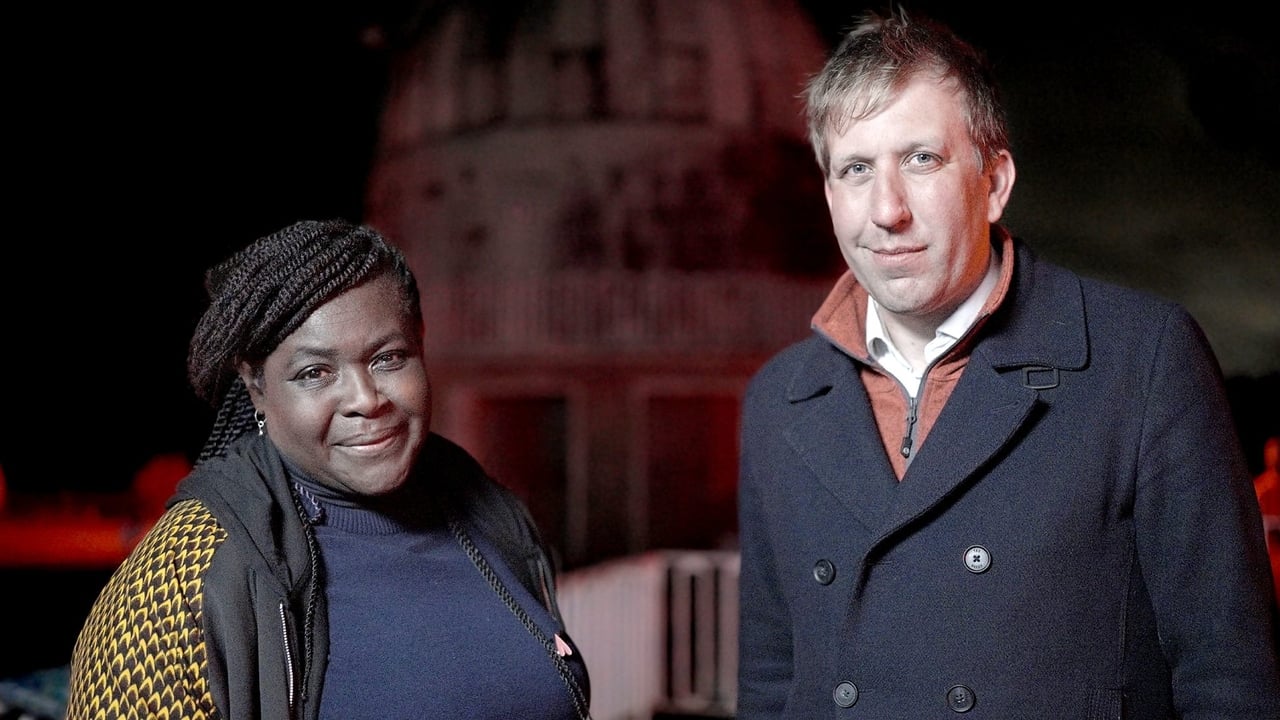

Season 2022
The Multiverse of Mystery
Episode 9 - 11-14-2022

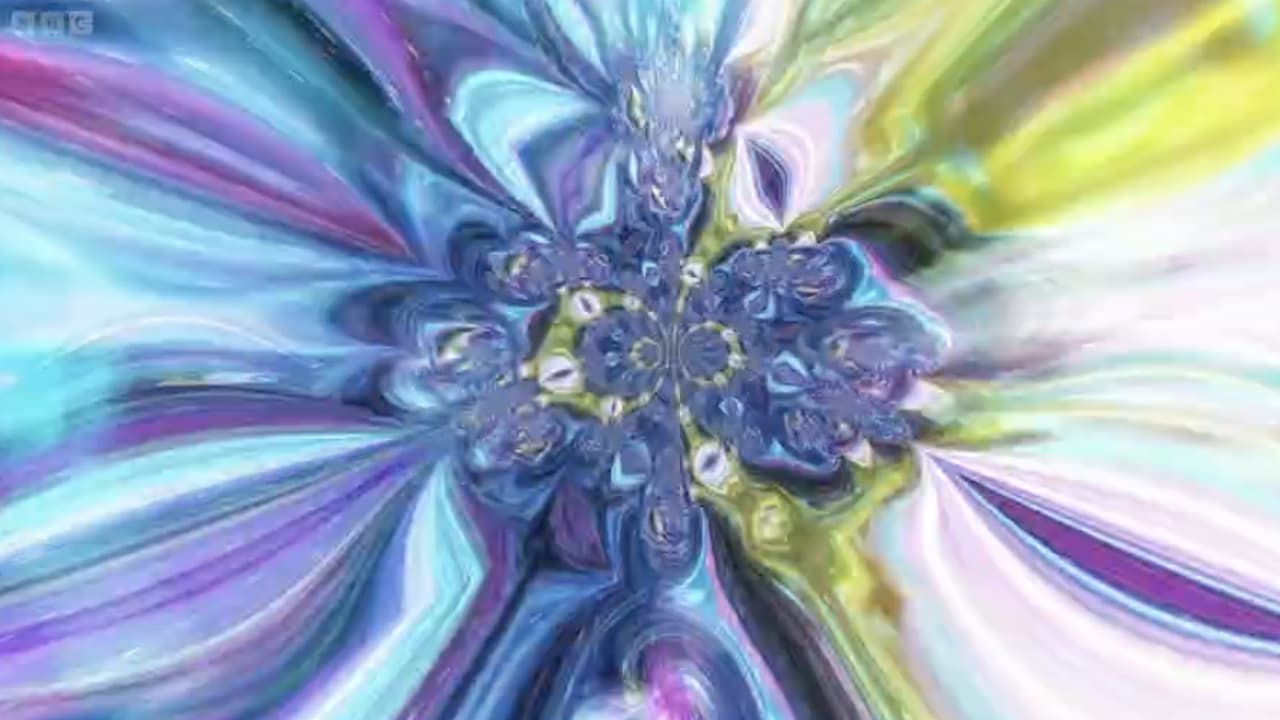
Question Time
Episode 8 - 10-10-2022

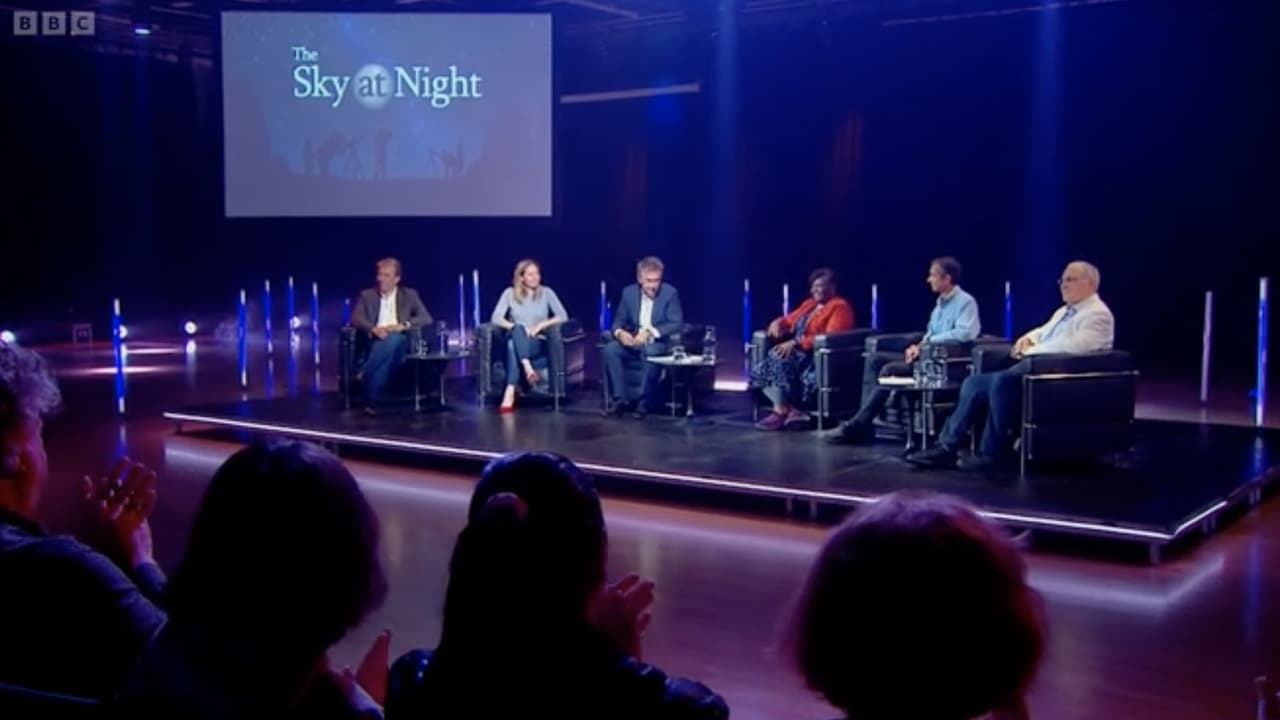
Photographing the Universe
Episode 7 - 9-12-2022


The James Webb Road Trip
Episode 6 - 8-15-2022

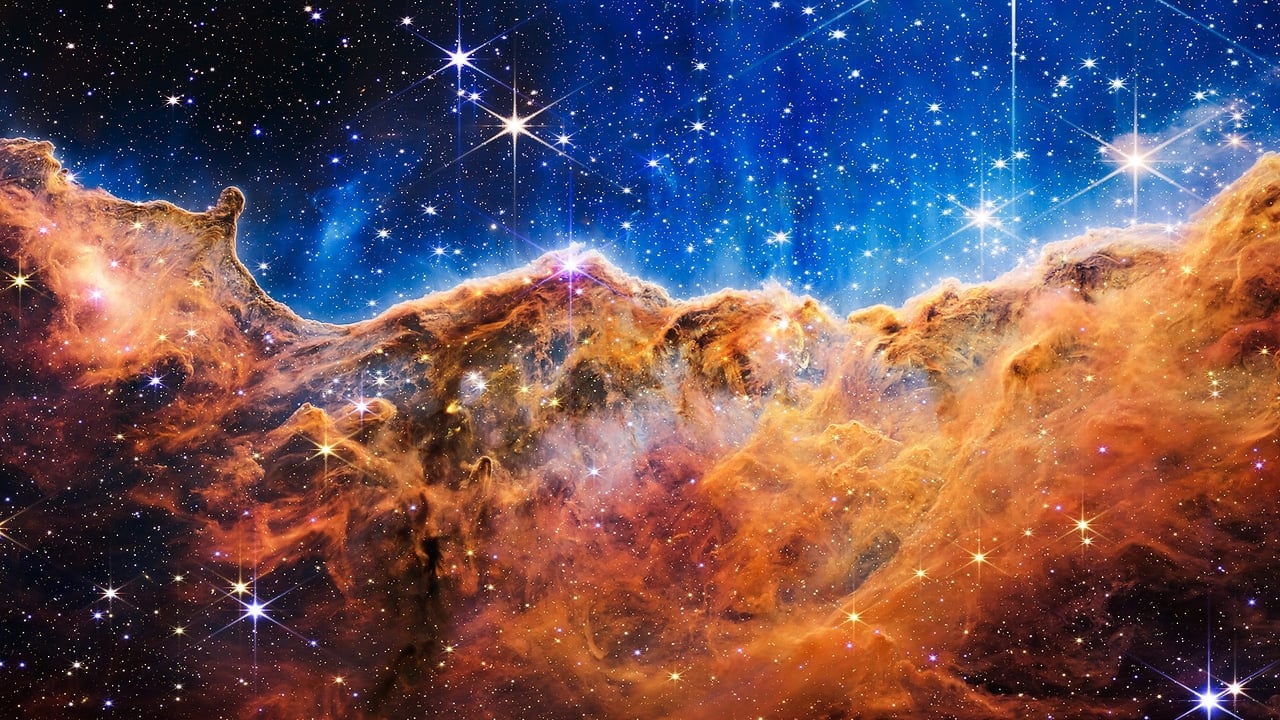
The Sky at Day
Episode 5 - 7-11-2022


The Astronomer Royal at 80
Episode 4 - 6-13-2022


Destination Moon
Episode 3 - 5-09-2022


Exoplanets and Antarctica
Episode 2 - 4-11-2022


Dark Skies
Episode 1 - 1-09-2022



Season 2021
Review Of The Year
Episode 10 - 12-12-2021


Telescopes through Time
Episode 9 - 11-14-2021


The Forgotten Solar System
Episode 8 - 10-10-2021


Question Time
Episode 7 - 9-19-2021


Exploring Jupiter
Episode 6 - 8-08-2021


ET and the BBC
Episode 5 - 6-19-2021


Space Boom Britain
Episode 4 - 6-13-2021


Mapping the Milky Way
Episode 3 - 5-09-2021


Mars and Meteorites
Episode 2 - 4-11-2021


Pick of the Year
Episode 1 - 1-17-2021



Season 2020
The State of Astronomy
Episode 10 - 12-13-2020


Life Beyond Venus
Episode 9 - 11-08-2020


Beyond the Visible
Episode 8 - 10-11-2020


Life on Venus
Episode 7 - 9-14-2020


Mars: Planet of Dreams
Episode 6 - 8-09-2020


Stars: A Matter of Life and Death
Episode 5 - 7-12-2020


Different Planet, Different Sky
Episode 4 - 6-14-2020


Locked Up But Looking Up
Episode 3 - 5-10-2020


Here Comes the Sun
Episode 2 - 4-12-2020


A Beginner's Guide
Episode 1 - 1-12-2020



Season 2019
Review of the Year
Episode 11 - 12-08-2019


Rosetta: The Comet's Tale
Episode 10 - 11-10-2019


Question Time
Episode 9 - 10-13-2019


Alien Worlds
Episode 8 - 9-08-2019


Space Mission Special
Episode 7 - 8-11-2019


The Moon, the Mission and the BBC
Episode 6 - 7-14-2019


Return to the Moon
Episode 5 - 6-09-2019


Supermassive Black Hole
Episode 4 - 5-12-2019


Marsquake!
Episode 3 - 4-14-2019


Is Cosmology in Crisis?
Episode 2 - 2-10-2019


Beyond Pluto
Episode 1 - 1-13-2019



Season 2018
The Flying Telescope
Episode 11 - 12-09-2018


First Rock from the Sun
Episode 10 - 11-18-2018


Space Britannia
Episode 9 - 10-14-2018


Expedition Asteroid
Episode 8 - 9-09-2018


Death Star
Episode 7 - 8-12-2018


Outback Astronomy
Episode 6 - 7-08-2018


Jupiter: Up Close and Personal
Episode 5 - 6-10-2018


Gaia: A Galactic Revolution
Episode 4 - 5-13-2018


Mars: Red and Dead?
Episode 3 - 4-08-2018


The Mystery of 'Oumuamua
Episode 2 - 2-11-2018


The Invisible Universe
Episode 1 - 1-14-2018



Season 2017
Wonders of the Night Sky
Episode 10 - 12-10-2017


In the Blink of an Eye
Episode 9 - 11-12-2017


Return to the Moon?
Episode 8 - 10-08-2017


Cassini - The Gamechanger
Episode 7 - 9-10-2017


It Came From Outer Space
Episode 6 - 8-13-2017


Into the Dark Zone
Episode 5 - 7-09-2017


Inside God's Observatory
Episode 4 - 6-11-2017


60th Anniversary Special
Episode 3 - 4-23-2017


Telescope Takeover
Episode 2 - 2-12-2017


Guide to the Galaxy
Episode 1 - 1-08-2017



Season 2016
Review of the Year
Episode 10 - 12-11-2016


Life on Mars
Episode 9 - 11-13-2016


Goodbye Rosetta: A Sky At Night Special
Episode 8 - 10-02-2016


Interstellar: The Journey to Proxima Centauri
Episode 7 - 9-11-2016


Juno: Mission to Jupiter
Episode 6 - 7-10-2016


Secrets of the Whirlpool Galaxy
Episode 5 - 6-12-2016


Mercury: The Problem Child of the Solar System
Episode 4 - 5-08-2016


Stephen Hawking on Black Holes
Episode 3 - 4-10-2016


Five Greatest Images of the Solar System
Episode 2 - 3-13-2016


Planet 9 From Outer Space
Episode 1 - 2-14-2016



Season 2015
The Real Star of Bethlehem: A Christmas Special
Episode 11 - 12-30-2015


Second Earth?
Episode 10 - 11-08-2015


Volcanoes of the Solar System
Episode 9 - 10-11-2015


Playing With a Clockwork Universe
Episode 8 - 9-13-2015


Cosmic Blasts
Episode 7 - 8-09-2015


Pluto Revealed
Episode 6 - 7-20-2015


Rosetta Update - A Comet's Story
Episode 5 - 6-14-2015


Venus, Earth's Twin
Episode 4 - 5-10-2015


Hubble: The Five Greatest Images of the Cosmos
Episode 3 - 4-12-2015


What Have UFOs Done for Us?
Episode 2 - 2-08-2015


The Billion Pixel Camera
Episode 1 - 1-11-2015



Season 2014
The Pillars of Creation
Episode 11 - 12-14-2014


Rosetta: A Sky at Night Special
Episode 10 - 11-16-2014


Ice Giants
Episode 9 - 10-12-2014


The Hunt for ET
Episode 8 - 9-14-2014


How to Catch a Comet
Episode 7 - 8-10-2014


The Brightest Star
Episode 6 - 7-13-2014


Impacts
Episode 5 - 6-08-2014


How Gravity Shapes the Universe
Episode 4 - 5-11-2014


Mysterious Mars
Episode 3 - 4-13-2014


Sounds of the Universe
Episode 2 - 3-09-2014


Jupiter: Weather and Moons
Episode 1 - 2-09-2014



Season 2013
Comet Chasing
Episode 12 - 12-01-2013


Moore Moon Marathon
Episode 11 - 11-03-2013


Space Surgery Special
Episode 10 - 10-06-2013


Fatal Attraction
Episode 9 - 9-02-2013


Exploring Mars
Episode 8 - 8-07-2013


Solstice
Episode 7 - 7-08-2013


Lives of the Stars
Episode 6 - 6-06-2013


Stunning Saturn
Episode 5 - 5-06-2013


They Fall to Earth
Episode 4 - 4-07-2013


Moore Winter Marathon Results
Episode 3 - 3-03-2013


The Sun King
Episode 2 - 2-03-2013


Reaching for the Stars
Episode 1 - 1-07-2013



Season 2012
Mercury and the Moon
Episode 12 - 12-03-2012


The Story of Stuff
Episode 11 - 11-05-2012


Moore Winter Marathon
Episode 10 - 10-08-2012


Curiosity at Mars
Episode 9 - 9-03-2012


Home-grown Observatories
Episode 8 - 8-13-2012


Venus and the Midnight Sun
Episode 7 - 7-02-2012


Juice
Episode 6 - 6-04-2012


Moore's Marathon
Episode 5 - 5-10-2012


Warp Factor 55
Episode 4 - 4-02-2012


Citizen Astronomy
Episode 3 - 3-04-2012


Age of the Infrared
Episode 2 - 2-13-2012


Other Solar Systems
Episode 1 - 1-09-2012



Season 2011
Outer Limits
Episode 12 - 12-08-2011


Curious about Mars
Episode 11 - 11-10-2011


Pegasus and Andromeda
Episode 10 - 10-06-2011


Final Frontier
Episode 9 - 9-04-2011


Dawn at Vesta
Episode 8 - 8-08-2011


The Stars Indoors
Episode 7 - 7-03-2011


Cygnus the Swan
Episode 6 - 6-06-2011


Storm Chasing
Episode 5 - 5-05-2011


Double Star Party
Episode 4 - 4-04-2011


700 Not Out
Episode 3 - 3-06-2011


Orion the Hunter
Episode 2 - 1-31-2011


Volcanoes of the Solar System
Episode 1 - 1-03-2011



Season 2010
The Great Bear
Episode 12 - 12-07-2010


Ghostly Travellers
Episode 11 - 11-08-2010


Light Echoes
Episode 10 - 10-05-2010


Events on Jupiter
Episode 9 - 9-07-2010


Monster Star
Episode 8 - 8-02-2010


The Universe from Atlantis
Episode 7 - 7-05-2010


Star Birth
Episode 6 - 6-06-2010


Ring World
Episode 5 - 5-04-2010


The Sun in Splendour
Episode 4 - 4-07-2010


Life
Episode 3 - 3-08-2010


The Spirit of Mars
Episode 2 - 2-09-2010


Twinkle Twinkle
Episode 1 - 1-04-2010



Season 2009
The Winter Sky
Episode 16 - 12-07-2009


Exploring Mars
Episode 15 - 11-15-2009


Lunar Impact
Episode 14 - 11-02-2009


The Great Observatories
Episode 13 - 10-05-2009


Jupiter Rising
Episode 12 - 9-07-2009


Coronae of the Sun
Episode 11 - 8-03-2009


Last Man on the Moon
Episode 10 - 7-07-2009


The Apollo Miracle
Episode 9 - 7-06-2009


Mapping the Moon
Episode 8 - 7-02-2009


Apollo 11: A Night to Remember
Episode 7 - 6-21-2009


Neighbourhood Watch
Episode 6 - 6-01-2009


Close Encounters
Episode 5 - 5-04-2009


Herschel in the Red
Episode 4 - 4-06-2009


The Fountains of Enceladus
Episode 3 - 3-02-2009


The Merry Dancers
Episode 2 - 2-02-2009


Light Fantastic
Episode 1 - 1-05-2009



Season 2008
Other Worlds
Episode 12 - 12-08-2008


Big Bangs
Episode 11 - 11-03-2008


Astral Autumn
Episode 10 - 10-06-2008


Galaxy Zoo
Episode 9 - 9-09-2008


Double Vision
Episode 8 - 8-05-2008


Rise of the Phoenix
Episode 7 - 7-07-2008


Battle of the Giants
Episode 6 - 6-02-2008


We Just Don't Know
Episode 5 - 5-05-2008


The Sun Revealed
Episode 4 - 4-07-2008


Return to the Moon
Episode 3 - 3-01-2008


Messenger to Mercury
Episode 2 - 2-01-2008


Cosmic Debris
Episode 1 - 1-01-2008



Season 2007
Last Man on the Moon
Episode 14 - 12-03-2007


Sputniks Children
Episode 13 - 12-02-2007


Meteor Mania
Episode 12 - 11-25-2007


The Grand Collision
Episode 11 - 11-04-2007


Jodrell Bank
Episode 10 - 10-07-2007


Black Holes and Black Magic
Episode 9 - 9-02-2007


Robonet
Episode 8 - 8-04-2007


Sting in the Tail
Episode 7 - 7-01-2007


Home from Home
Episode 6 - 6-03-2007


50Th Anniversary - Birthday Party
Episode 5 - 5-06-2007


Time Lord - 50Th Anniversary
Episode 4 - 4-01-2007


Stunning Saturn
Episode 3 - 3-04-2007


Martian Adventures
Episode 2 - 2-04-2007


Spaceman
Episode 1 - 1-07-2007



Season 2006
The Sounds of Stars
Episode 14 - 12-03-2006


The Evil Twin
Episode 13 - 11-06-2006


Autumn Sky
Episode 12 - 10-02-2006


The Sun and Moon
Episode 11 - 9-03-2006


Return to the Red Planet
Episode 10 - 8-07-2006


Wandering Giants
Episode 9 - 7-02-2006


Bangs in the Night
Episode 8 - 6-04-2006


Glorious Galaxies
Episode 7 - 5-07-2006


Turkish Delight
Episode 6 - 4-02-2006


A Spin Around the Sun
Episode 5 - 3-06-2006


The Loveliest Planet
Episode 4 - 3-05-2006


Mapping the Moon
Episode 3 - 2-27-2006


On Top of the World
Episode 2 - 2-05-2006


Journey to the Edge
Episode 1 - 1-01-2006



Season 2005
Celestial Zoo
Episode 13 - 12-04-2005


Mars and the Ring of Fire
Episode 12 - 11-07-2005


Planets
Episode 11 - 10-02-2005


Sky Survey
Episode 10 - 9-04-2005


The Search for Life
Episode 9 - 8-06-2005


Fallout From Deep Impact
Episode 8 - 7-10-2005


Deep Impact
Episode 7 - 7-04-2005


The Shocking Sun
Episode 6 - 6-06-2005


Eye on the Universe
Episode 5 - 5-02-2005


Star Party
Episode 4 - 4-04-2005


Strangers in the Night
Episode 3 - 3-07-2005


Unveiling Titan
Episode 2


Lord of the Rings
Episode 1



Season 2004
Wide Eyed
Episode 12


Star Death
Episode 11


Planet Quest
Episode 10


Robo Scope
Episode 9


Cassini at Saturn
Episode 8


Moons of Saturn
Episode 7


The 2004 Transit of Venus
Episode 6


Star Birth
Episode 5


Digging for Dark Matter
Episode 4


Cosmic Vision
Episode 3


Mars Invasion
Episode 2


Music of the Spheres
Episode 1



Season 2003
Cosmic Wanderers
Episode 12


Jupiter and Galileo
Episode 11


SMART Way to the Moon
Episode 10


Out of the Dark Ages
Episode 9


Mars, the Next Frontier
Episode 8


Space Scouts
Episode 7


Highland Ring
Episode 6


The Shadow
Episode 5


Beagle 2
Episode 4


The Dark Side
Episode 3


Astro Art
Episode 2


Hot Stuff
Episode 1



Season 2002
A Royal Celebration
Episode 12


Radio Revolution
Episode 11


Picture Perfect
Episode 10


The Long Wave
Episode 9


Apocalyptic Asteroid
Episode 8


Star In Your Eyes
Episode 7


The Birth of the Universe
Episode 6


Southern Eyes
Episode 5


Twelve Men on the Moon
Episode 4


A Tale of Two Bears
Episode 3


Galactic Whirlpools
Episode 2


Forty-Five Years of Star-Gazing
Episode 1


 8.5/10
8.5/10